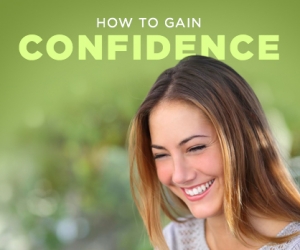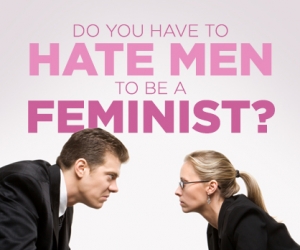Behind the Sports Illustrated Plus-Size Model Controversy
The latest issue attracts unexpected attention
Everyone is talking about how two plus-size models are gracing the Sports Illustrated swimsuit issue, both in the editorial layout and the advertisements.
The first-ever plus-size model to appear in the editorial photo shoot, Robyn Lawley, who is 6’2” and wears a size 12, is not to be confused with Ashley Graham, who wears a size 16, and who is featured in an advertisement in the same issue. Regardless of size, both women are stunning and have curves in all the right places. Not to mention that most women would kill to look that good in a bikini.
What this means is that in the fashion industry, both women are plus-size, in that they wear a larger size than the typical model. Most fashion models are rail-thin and a size 0, although the average woman in the US wears a size 14. But most women who wear smaller size, such as a single-digit 4 or 6, would still be “too big” to fit within the model standards of the fashion industry.
The impact this has on women of all ages, and their body image can be vast, and our experts ring in with their thoughts on the subject. Participating in our roundtable are Lisa Bahar, a marriage and family therapist; Monif Clarke, CEO and founder of Monif C. Plus Sizes; and Felicia Clark, a former plus-size model and body image coach.
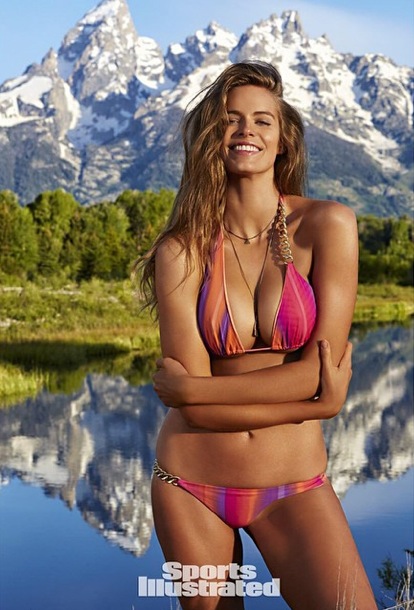
LadyLUX: What does plus-sized mean to the average American?
Lisa Bahar: This really depends most likely on the geographical location, ethnicity and other factors to consider. For example, a southern Californian may perceive plus sized as “fat' or overweight whereas another region may not think twice about the word or number.
Monif Clarke: The term “plus-size” is not a way to define a person, rather it is a descriptor, similar to being tall or blonde.
LL: What does it mean to you?
Lisa Bahar: As a therapist and working with clients that have body image issues and relationships with their body and food, it is rather challenging at times to work with clients to re frame the idea of plus size being considered healty or just a body.
Monif Clarke: I am a confident plus-size woman. The term does not offend me, rather it inspires me to continue advocating for my customers. 65% of American women are a size 16+, so in my opinion, plus-size means normal.
(Robyn Lawley, right photo.)
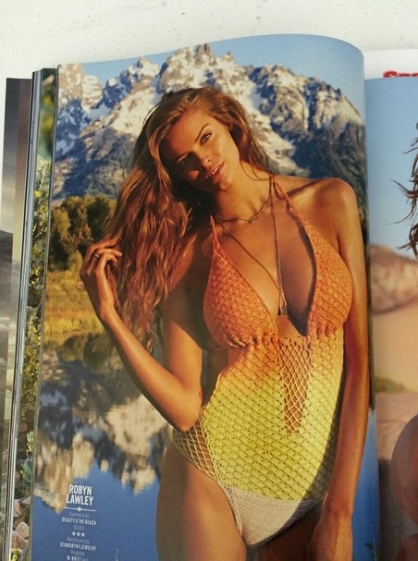
LL: Why are fit women such as Robyn Lawley (in photo, left) getting attention as plus-sized when they are obviously gorgeous and in good shape?
Lisa Bahar: Perhaps due to their ability to be comfortable in their own skin which seems to be a challenge for people in society based on photos, images and other pressures society places on what is considered beautiful and gorgeous.
Monif Clarke: There is a misconception that if you're plus-size you must be out of shape - that is certainly not the case for every plus-size woman.
Felicia Clark: Robyn challenges stereotypes and that gets attention – the goal of modeling. Also, Robyn is skinnier than her target market (size 14+), following the industry pattern of using models too skinny to wear the clothes they sell. This question implies that “plus-size” means ugly. Remember, Jayne Mansfield and Marilyn Monroe would be considered plus-size by today’s standards but still strikingly gorgeous. The question also implies plus size means out of shape. Remember Olympian Holley Mangold. She is 5’8” and was 323 pounds when she qualified for the Olympics in 2012. She was described as being “in perfect shape” when she competed. Also Elsie Scheel, in 1913, weighed 171 pounds at 5’7” and was deemed “a perfect woman without one physical defect.” She was overweight based on BMI standards. Just because body types fall in and out of fashion does not mean you are “out of shape” by being larger. Nor does it mean you are in shape by being thin. Health and beauty are packaged and sold together but in reality, women do extremely unhealthy things to meet the beauty standard. Many thin models practice unhealthy starvation while plus-size models eat a normal diet. The stereotype that “plus-size” means ugly and out of shape is media created to sell diet products.
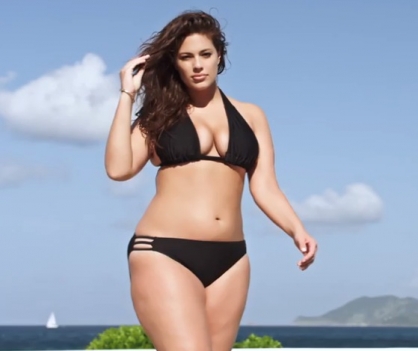
LL: What about size 16 Ashley Graham (in photo, right) in the ad? Is she more acceptable as being labeled plus-size and, if so, why is this?
Lisa Bahar: Perhaps we are influenced by what media indicates and feeds us to be acceptable and gorgeous. She may be just a woman that is confident and loves her body and has drawn upon something within herself to embrace it, it may be a media campaign to gain attention, there are a lot of potential variables.
Felicia Clark: Yes, because size 16 is plus-size. Many designers make their sample sizes in 16. So, 16 is the ideal size for a plus-size model to many designers.
LL: Should the fashion industry use larger women more commonly in their ads and on the runway?
Lisa Bahar: They should work with all women, to validate and enjoy clothes that are fun for the individual.
Monif Clarke: I started Monif C. Plus Sizes in 2005 after becoming frustrated with the lack of fashionable, plus-size apparel on the market. Additionally, I was frustrated by the way clothes my size were marketed - I want to see clothes my size on women my size. For that reason, I always use models size 16+ for Monif C. campaigns, and I encourage other retailers to do the same.”
Felicia Clark: If that is their customer base, yes. Plus-size modeling became popular in the 1990’s due to public demand. Specifically, a critical mass of large sized women cut up their catalogs and sent them back refusing to buy from companies who featured skinny women with plus-size clothes pinned on them. Major department stores responded by having in store fashion shows and catalogs featuring plus-size models who fit the clothes being sold. Since then, retailers realized that large women will buy pretty clothes if they marketed to them by showing how clothing looks on their similar body type.
LL: How does labeling beautiful, fit models as plus-sized impact average women and their body image?
Monif Clarke: Some of the most beautiful women I have ever met are a size 22 or larger. Look at Tess Holliday who recently made headlines signing with an elite modeling agency. I hope that average women appreciate that the industry is slowly making moves to accept all body types, and that they continue to see themselves as beautiful, regardless of industry standards.
Felicia Clark: 80% of women dislike their body and that includes women of all sizes. Implying that your body has to be perfect at any size doesn’t help body image. The SI pictures are simply selling a fantasy body to plus-size women in the same way a fantasy body is sold to thin women. SI swimsuits can’t be where women go to get self-esteem. But anywhere where you see size diversity, SI swimsuit edition included, makes women a little more comfortable with her body. Also, I think it is important to show large fit women as a representation of one body type. However, “fat and fit” is just one body type among many plus-size model body types. Every woman of every size buys clothes.
For anyone wanting to improve their own body image, Clark offers a mini course on her website. Clark said, “Women average 13 negative thoughts about their body each day – models included. This distracts women from success in all areas of their life. Remember, extreme beauty standards are about control - not looking beautiful. The key to body acceptance is not being prettier, thinner, or getting people to like your body. The key is for you to decide to like your body.”
